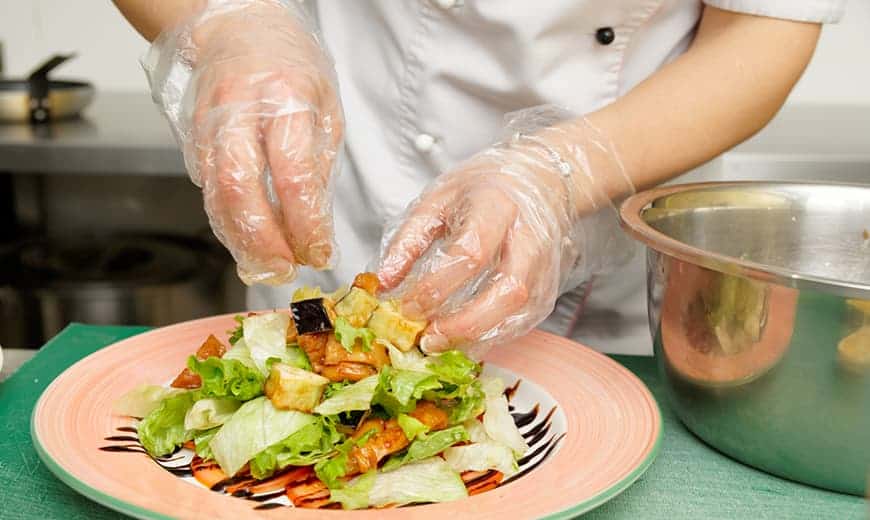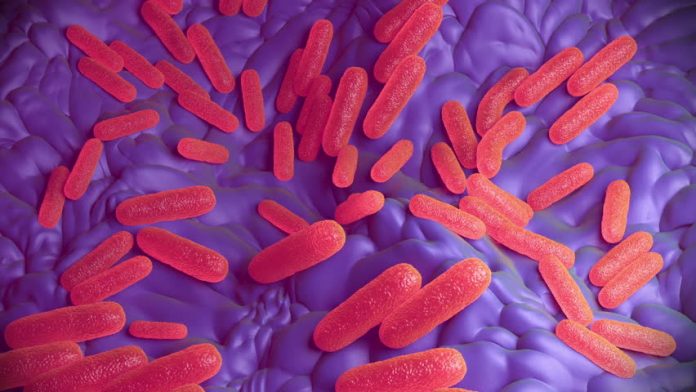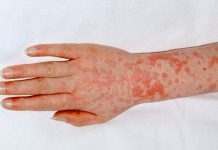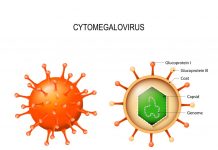Salmonella is usually carried by birds or small animals and may contain the feces of farm or other animals. The bacteria itself attacks the stomach and intestines. Children and the elderly are at greater risk of getting a serious infection from salmonella poisoning.
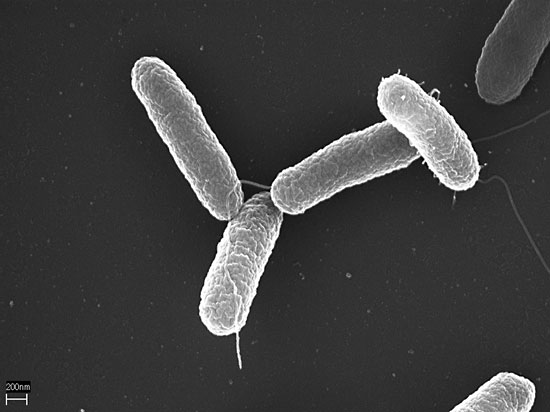
Salmonella typhimurium and Salmonella enteritidis are the most common types of bacterium in the U.S. according to WebMD.com.
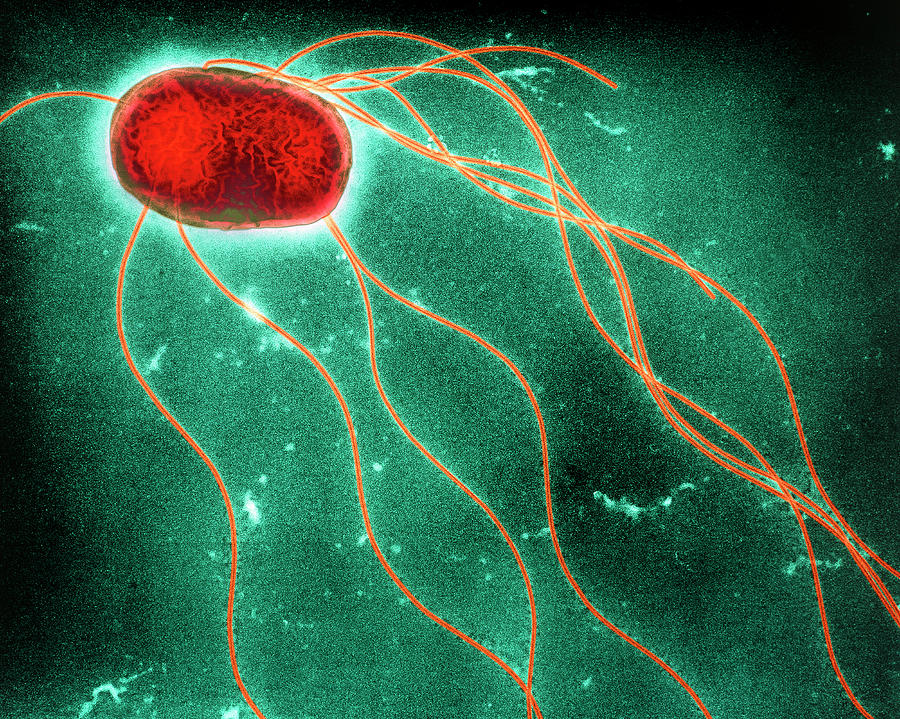
Some Signs of Salmonella
Typical signs of salmonella poisoning include vomiting, diarrhea, and fever. Abdominal cramps may accompany the diarrhea. According to WebMD.com these symptoms usually make an appearance 12 to 72 hours after contamination and can last up to four days.
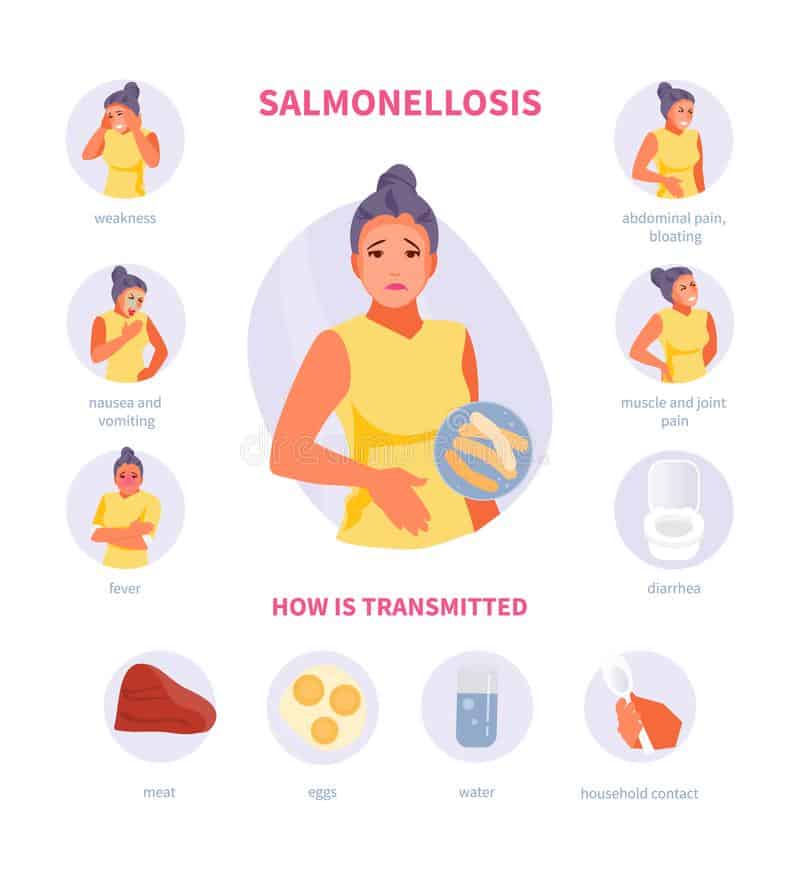
It is important to not become dehydrated with this infection and continue to drink plenty of fluids to rid the body of the infection. Recovery is normal, except for people with weakened immune systems who may suffer further complications.
How to Treat Salmonella
Salmonella can be treated at home, or, if the infection spreads and gets more serious, seeing a doctor may be necessary for treatment and antibiotics. Drinking soda and juice are not the most helpful liquids to keep the body hydrated as these liquids contain too much sugar; beverages high in electrolytes (such as Gatorade) are most helpful for hydration.

Remaining on a healthy diet and avoiding caffeine and alcohol when treating this type of infection are also very important.
Avoiding Spreading or Contracting Salmonella
There are many ways to practice not contracting this infection or simply not spreading it. First and foremost, wash fruits and vegetables well (as they can contain salmonella too), make sure meat and poultry are well cooked, and always make sure hands are thoroughly washed before preparing or serving meals.
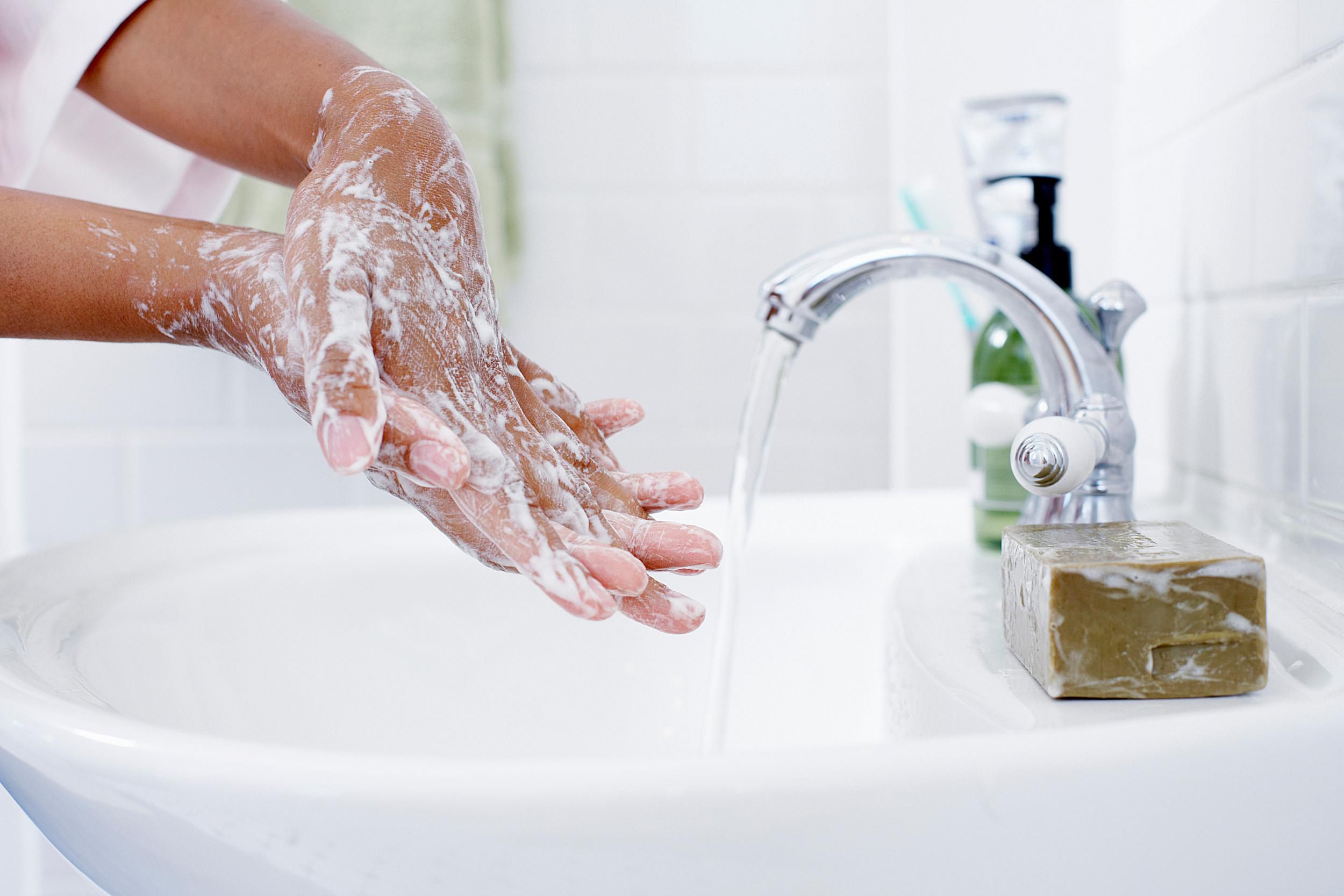
When having eggs, always cook or have them cooked well as undercooked eggs can often be a loophole for this type of infection.

When following recipes, always avoid those that call for raw eggs. Recipes that call for raw eggs should be avoided at all costs as salmonella could be present. Some examples of foods containing raw eggs are Hollandaise sauce, Caesar salad dressing, cookie dough, home made ice cream and certain frosting recipes.
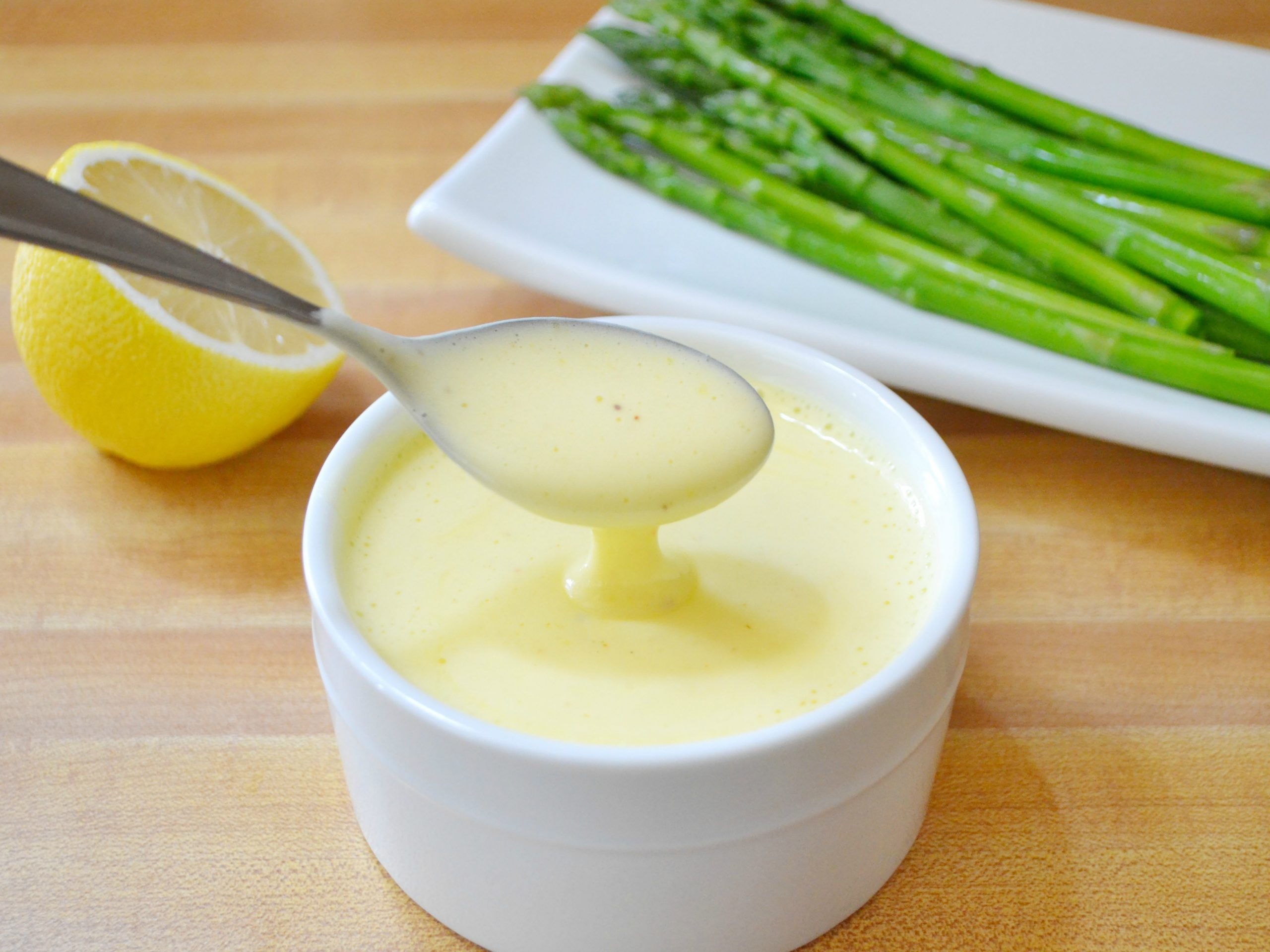
Salmonella can make its way into situations where food is uncooked or raw. People handling or cooking food should be especially careful about keeping up good personal hygiene to prevent the spread of this illness. Taking precautionary measures to avoid contracting salmonella can be done by keeping clean and preparing foods that are cooked properly and thoroughly.
